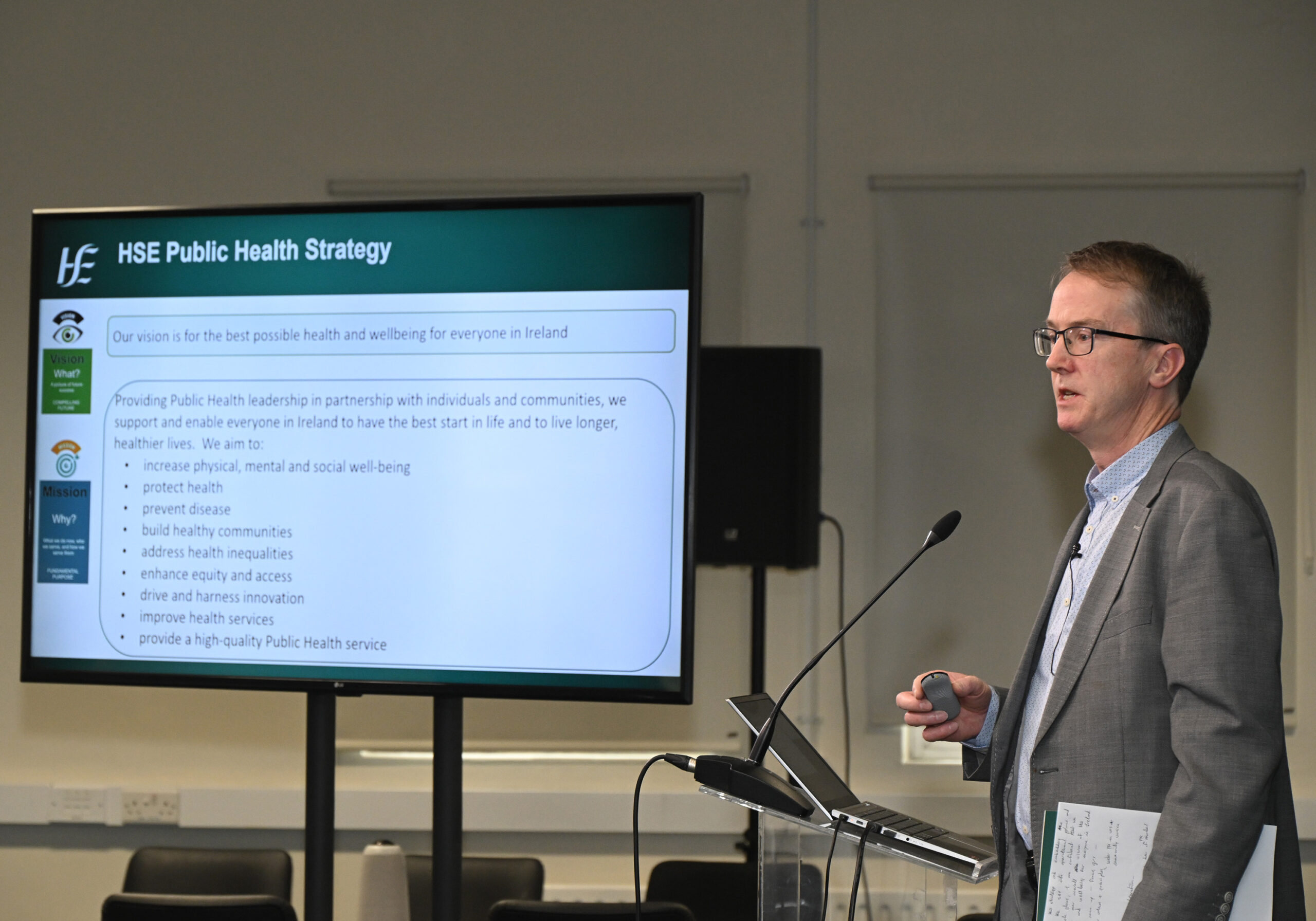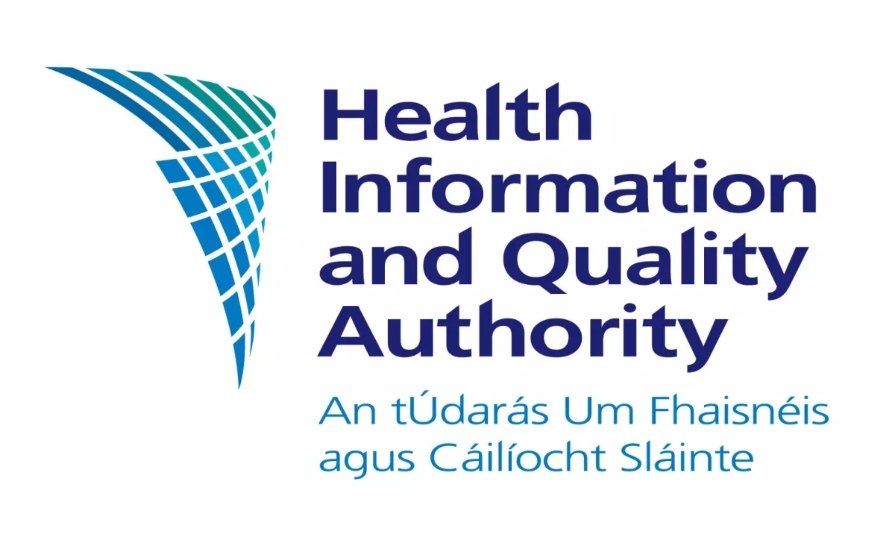The RCSI has commenced a new programme aimed at enabling a more efficient and effective use of HSE theatre and procedure room resources.
The National Perioperative Patient Pathway Enhancement Programme (NPPPEP) is an 18-month initiative that aims to “bring together knowledge and insights from frontline theatre staff and operations departments” from hospitals across Ireland.
NPPPEP is a collaborative initiative between the HSE Clinical, Strategy and Planning, and Operations functions; RCSI, the National Clinical Programme for Surgery (NCPS), the National Clinical Programme for Anaesthesia and participating Hospital Groups and hospitals to improve operating theatre access and flow.
The programme is led on behalf of the HSE by the strategic programmes team and governed by a national steering group co-chaired by HSE Chief Clinical Officer Colm Henry and HSE Chief Operations Officer Mr Damien McCallion with representation from all key programme partners.
RCSI is the technical partner for this programme, providing guidance on programme design, development, and delivery with specialised input to the measurement system used. This measurement system enables traction to achieve the programmes objectives of
· Increase overall theatre effectiveness.
· Increase overall theatre throughput.
· Ensure procedures are undertaken in the most effective locations within hospitals.
· Utilise any additional capacity created to reduce hospital groups’ surgical waiting lists.
· Co-design a target theatre optimisation model.
The measurement system was designed to provide “a balanced view of actionable insights using a structured, standardised approach”, with the following outputs:
1. Business intelligence analysis of demand flows and patient throughput.
2. An in-depth mapping and constraint identification exercise of the perioperative pathway infrastructure informed by knowledge and insights from the local core multidisciplinary team made up of nursing, surgical, anaesthetic and business/operations.
3. A custom-built theatre measurement model (TMM) measuring flow and access for patient and surgical teams locally per hospital and strategically at hospital group level. The TMM is based on five key time stamps on the patient journey with clear operational and technical definitions agreed between the NCPS and the NCPA.
The programme will be rolled out across all hospital groups over 18 months, with two hospital groups joining the programme in each of the three six-month phases.
The first phase of the programme is currently mobilising in Dublin Midlands Hospital Group and Saolta University Healthcare Group.
The implementation phase for each hospital group is over a six-month period, where three to four model 4, model 3, and model 2 hospitals will participate.
To ensure successful implementation and lasting results, a governance structure linking existing theatre oversight with a hospital NPPPEP core team, a Hospital Group NPPPEP working group, and the national steering group will be utilised.
Prof Deborah McNamara, Clinical Lead for the NCPS and Vice-President of the RCSI, said: “Too many patients experience prolonged waiting times for surgery, despite the committed efforts of surgeons and their teams. Often these delays are due to system-wide challenges, like insufficient beds and last-minute cancellations due to pressures on the emergency department. Operating theatres are an expensive resource, and we have a responsibility to ensure that we are working as efficiently as possible to meet the needs of our patients.
“Over the last decade, RCSI has worked with partners across the HSE to develop systems to increase theatre utilisation and to identify areas for improvement.
“The lessons learned have been integrated into the HSE’s new NPPPEP, and we are delighted to act as advisors and technical partners to the team in HSE in implementing this important work”, Prof McNamara added.
Dr Colm Henry, the HSE Chief Clinical Officer and Programme Sponsor, stated: “The HSE is committed to improving scheduled care to enable more timely access to services and reduce the number of people waiting for care.”













Leave a Reply
You must be logged in to post a comment.